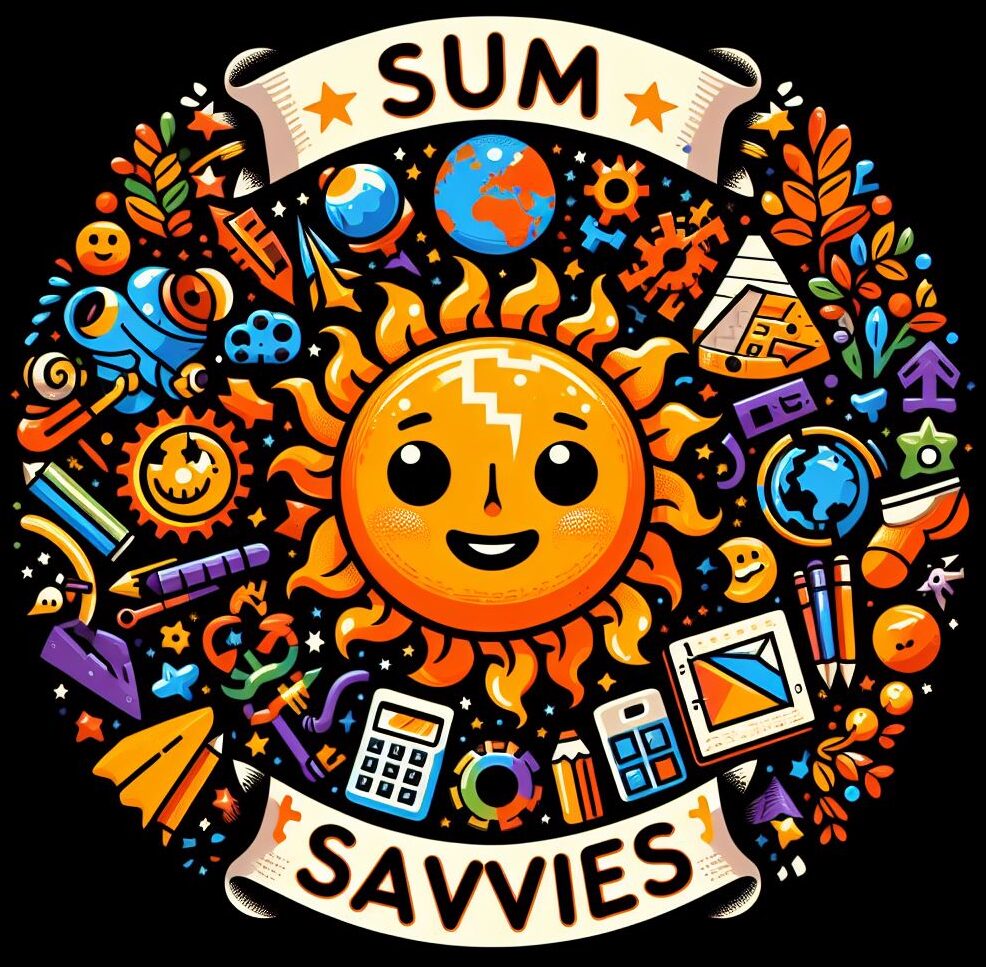INTERPRETING REAL-LIFE GRAPHS
Graphs can break down real-life situations into a visual format that’s easier to understand and analyze. Take, for instance, a line graph showing temperature changes over a month. Each point on the graph can represent a day’s average temperature, making it easy to spot trends such as warming or cooling periods. This helps in making informed decisions, like planning agriculture activities or energy management.
DRAWING REAL-LIFE GRAPHS
At times, you might need to sketch or draw a graph representing a specific scenario. Accuracy isn’t always the primary goal; the focus is on clarity and highlighting key points. For example, when drawing a graph of a car’s speed over time, marking crucial points like start, acceleration, constant speed, and deceleration is often more vital than ensuring every curve is perfect.
SOLVING SIMULTANEOUS EQUATIONS GRAPHICALLY
Finding where two graphs intersect can solve simultaneous equations. For example, in a business setting, one graph could represent cost while another represents revenue. The intersection point could signify the break-even point, where revenue equals cost, highlighting a crucial balance point.
SOLVING QUADRATIC EQUATIONS GRAPHICALLY
Quadratic equations set the stage for more complex graphing scenarios. Plotting these graphs can reveal the equation’s solutions where the graph intersects the x-axis. This knowledge extends far beyond math class and into fields like physics and engineering, where such equations model real systems and behaviors.
SKETCHING QUADRATIC GRAPHS
While sketching quadratic graphs, precision takes a backseat to the correct positioning and labelling of critical points like turning points, y-intercepts, and x-intercepts. Think of it as a rough but informative map that guides anyone looking at it through key landmarks.
GRADIENT OF CURVES
Understanding gradients of curves is another vital skill. By drawing a tangent to a curve at a specific point, you can find the gradient of that tangent, which equals the gradient of the curve at that point. This concept becomes particularly useful in fields like physics, where it might represent the speed of an object over time.
CONCLUSION
Graphs hold a significant place in interpreting and visualizing data. They provide a visual representation that can be far more illuminating than rows and columns of raw data. They simplify complex data, making it easier to identify patterns, trends, and correlations at a glance. Whether it’s business statistics, scientific data, or day-to-day metrics, graphs can transform how we perceive and analyze information.


No responses yet